Feedback is a powerful tool for personal and professional growth, yet it can often be daunting and challenging to receive. Understanding the truth about feedback and learning how to take it in a constructive manner is essential for continuous improvement and development. Let’s explore the nuances of feedback and strategies to embrace it effectively:
The Truth About Feedback:
1. Feedback is Valuable: Feedback, whether positive or constructive, provides valuable insights into our performance, behaviors, strengths, weaknesses, and areas for improvement. It offers a different perspective and helps us gain self-awareness and self-improvement.
2. Feedback is Subjective: Feedback is subjective and influenced by personal biases, perceptions, and experiences. Different individuals may interpret the same situation or behavior differently, leading to varied feedback. Understanding this subjectivity helps in interpreting feedback objectively.
3. Feedback is a Gift: Viewing feedback as a gift rather than criticism or judgment reframes our mindset. Constructive feedback is an opportunity for learning, growth, and development. It reflects others’ perceptions and allows us to make informed adjustments and enhancements.
4. Feedback is Continuous: Feedback is not limited to formal evaluations or performance reviews; it is a continuous process. It can come from peers, supervisors, mentors, customers, and even self-reflection. Embracing ongoing feedback fosters a culture of continuous improvement and excellence.
How to Take Feedback Constructively:
1. Be Open-minded and Receptive: Approach feedback with an open mind and a willingness to learn and grow. Avoid becoming defensive or dismissive, and instead, actively listen, ask clarifying questions, and seek to understand the feedback giver’s perspective.
2. Separate Emotions from Feedback: It’s natural to have an emotional reaction to feedback, especially if it’s critical or unexpected. Take a moment to process your emotions privately before responding. Focus on the feedback’s content and relevance rather than the delivery or tone.
3. Seek Specific and Actionable Feedback: Request specific and actionable feedback that is clear, specific, and tied to measurable outcomes. This helps you understand areas for improvement more effectively and develop actionable plans for enhancement.
4. Reflect and Analyze: Take time to reflect on the feedback received. Consider its validity, impact, and relevance to your goals and aspirations. Analyze patterns or recurring themes in feedback to identify common areas for improvement.
5. Set Goals for Improvement: Use feedback as a catalyst for setting goals and action plans for improvement. Break down larger goals into manageable steps, prioritize areas for development, and track progress over time. Seek support and guidance from mentors or coaches if needed.
6. Express Gratitude and Follow Up: Express gratitude to the feedback giver for their insights and investment in your growth. Follow up with them to discuss progress, share changes or improvements implemented based on feedback, and seek ongoing support and feedback.
7. Continuously Learn and Adapt: Embrace a growth mindset and a commitment to continuous learning and adaptation. Use feedback as a learning opportunity, experiment with new approaches, seek feedback on progress, and adapt based on results and outcomes.
In conclusion, feedback is a valuable asset for personal and professional growth when embraced with an open mind, receptiveness, and a commitment to continuous improvement. By understanding the truth about feedback, separating emotions, seeking specific feedback, reflecting, setting goals, expressing gratitude, and continuously learning and adapting, individuals can harness the power of feedback to enhance their performance, relationships, and success in the long run.




